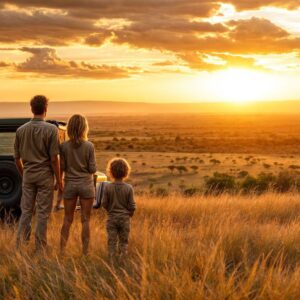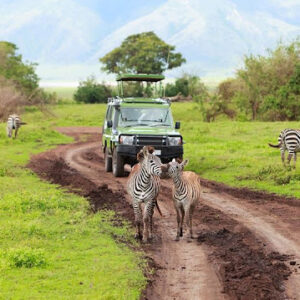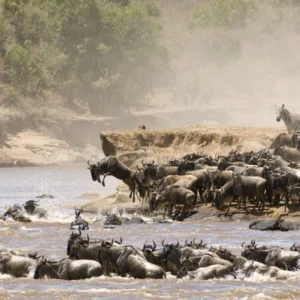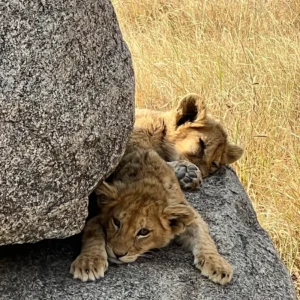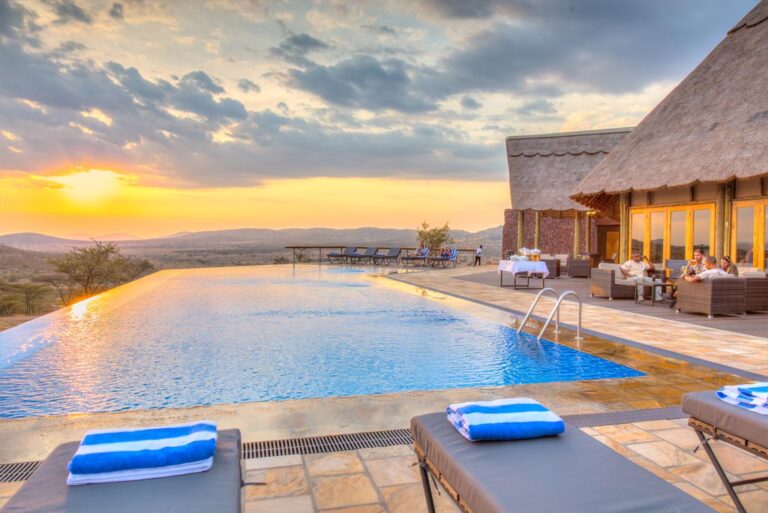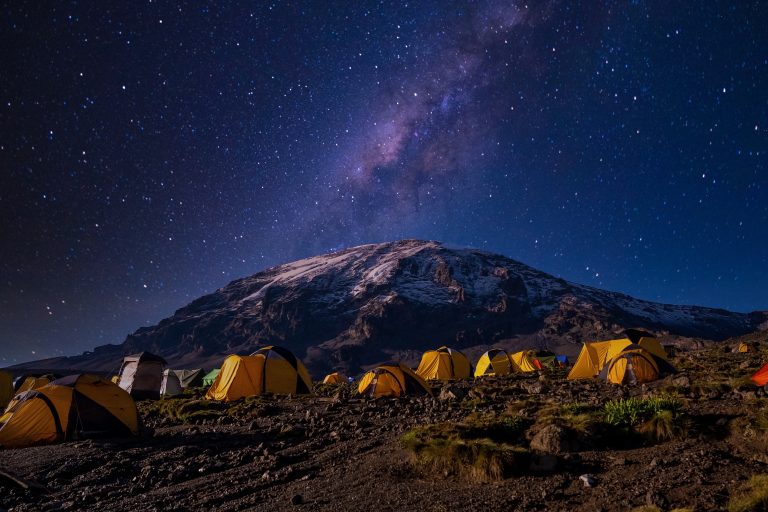A History of the Modern Day African Safari & its Role in Sustainable Development.
The term safari conjures images of vast savannas, majestic wildlife, and the thrill of the originally from the Arabic verb “safar” which roughly translated means “to make a journey. Originating from the Swahili word for “journey,” safari has evolved to represent an iconic African experience. This article delves into the rich history and evolution of the African safari, providing an in-depth look at its origins, development, and contemporary significance.
The history of the Modern Day African Safari & its Role in Sustainable Development roots of the African Safari can be traced back to the 19th century, a time when European explorers ventured into the uncharted territories of the African continent. Seeking adventure, discovery, and the thrill of the unknown, these intrepid travelers set out on expeditions that would forever change the course of history.
Origins of the African Safari
The origins of safari can be traced back to the first arrivals of Europeans and Arabs in Africa, long before the colonization era, but the big history of it began in the 19th century. Wen academic and economic interest to Africa increased in Western society. Technological advances and medicine (most notably the discovery of quinine as a remedy against malaria) allowed foreigners to step up deep into the continent safely enough. These expeditions established the concept of safari-style travel. While the goal of most was geographical discovery, the search for minerals and new routes of communication, others were primarily aimed at hunting animals, and elephant tusks at the first.
Early Expeditions and Exploration
The modern notion of safari began to take shape in the late 19th century with European explorers and adventurers such as David Livingstone and Henry Morton Stanley. These early expeditions aimed to map uncharted territories, discover new flora and fauna, and establish trade routes. The documentation of their travels and the allure of Africa’s untamed wilderness captivated the European imagination.
Colonial Influence and Hunting Safaris
With the onset of colonialism, the safari experience transformed significantly. Wealthy Europeans, particularly from Britain, ventured into Africa seeking big game hunting adventures. The late 19th and early 20th centuries saw the rise of grand hunting safaris, where hunters pursued the “Big Five” – lion, elephant, buffalo, leopard, and rhinoceros. These expeditions were often elaborate affairs, involving large teams of porters, guides, and luxurious camps.
Cultural Impact and Literature
The romanticized notion of the African safari permeated popular culture through literature and media. Books like Ernest Hemingway’s “The Green Hills of Africa” and Karen Blixen’s “Out of Africa” painted vivid pictures of the African landscape and the safari experience. These works, along with numerous films and documentaries, further entrenched the safari as a symbol of adventure and exploration.
Evolution of the Safari Experience
As Africa’s political and social landscapes evolved, so did the concept of the safari. The mid-20th century marked a significant shift from hunting safaris to photographic and conservation-focused safaris.
Rise of Photographic Safaris
The decline of big game hunting, coupled with growing awareness of wildlife conservation, led to the rise of photographic safaris. This new form of safari prioritized observing and photographing wildlife in their natural habitats rather than hunting. National parks and game reserves became crucial to preserving Africa’s rich biodiversity.
Conservation Efforts and Eco-Tourism
The latter half of the 20th century saw an increasing emphasis on conservation. Pioneers like Dr. Richard Leakey and organizations such as the African Wildlife Foundation played instrumental roles in promoting wildlife conservation and sustainable tourism. Eco-tourism emerged as a vital industry, contributing to local economies and funding conservation initiatives. Lodges and safari companies adopted sustainable practices, ensuring minimal impact on the environment while providing unforgettable experiences for visitors.
Modern-Day Safaris: A Blend of Tradition and Innovation
Today’s safaris are a blend of traditional experiences and modern comforts, catering to diverse interests and preferences. From luxury lodges to mobile camping, the safari industry has evolved to offer a wide range of options.
Luxury Safaris
Luxury safaris provide an unparalleled experience, combining the thrill of wildlife encounters with top-notch amenities. High-end lodges and camps offer exquisite accommodations, gourmet dining, and personalized services. These safaris often include guided game drives, walking safaris, and exclusive experiences such as hot air balloon rides over the Serengeti or private bush dinners under the stars.
Adventure and Specialized Safaris
For those seeking more adventure, specialized safaris cater to various interests. Walking safaris, led by experienced guides, offer an immersive experience, allowing travelers to explore the bush on foot. Birdwatching safaris attract ornithologists and nature enthusiasts eager to spot Africa’s diverse avian species. Cultural safaris provide insights into the traditions and lifestyles of indigenous communities, enriching the overall safari experience.
Family and Group Safaris
Family and group safaris have become increasingly popular, with tailored itineraries that accommodate multi-generational travelers. These safaris often include educational programs for children, ensuring a fun and informative experience for all ages. Group safaris offer shared adventures, fostering camaraderie among travelers with shared interests.
The Future of African Safari
The future of the African safari lies in balancing the needs of conservation, local communities, and tourism. As the demand for eco-friendly and sustainable travel grows, the safari industry must adapt to meet these expectations.
Technological Innovations
Technological advancements are playing a crucial role in enhancing the safari experience and supporting conservation efforts. Drones, camera traps, and satellite tracking are used to monitor wildlife populations and gather data for research. Virtual reality (VR) and augmented reality (AR) offer immersive experiences, allowing people to explore Africa’s wilderness from anywhere in the world.
Community Involvement and Empowerment
Empowering local communities is essential for the sustainable future of safaris. Community-based tourism initiatives ensure that local populations benefit directly from tourism revenue. Training and employing local guides, promoting local crafts and products, and involving communities in conservation projects are vital steps towards achieving this goal.
Challenges and Opportunities
The safari industry faces several challenges, including habitat loss, poaching, and climate change. Addressing these issues requires collaborative efforts between governments, conservation organizations, and the private sector. However, these challenges also present opportunities for innovation and improvement. By investing in sustainable practices, supporting conservation initiatives, and promoting responsible tourism, the safari industry can continue to thrive while preserving Africa’s natural heritage.
What to expect from your safari trip in Tanzania?
Expect an unforgettable adventure in Tanzania, featuring breathtaking landscapes and diverse wildlife. Witness the Great Migration in the Serengeti, explore the Ngorongoro Crater’s rich ecosystem, and encounter the Big Five. Enjoy guided game drives, luxurious lodges, and cultural experiences with local Maasai communities. Tanzania offers a perfect blend of thrilling wildlife encounters and stunning scenery, making it an ideal safari destination.
When is the best time to go on safari?
The best time for a safari depends on the destination and the wildlife experiences you seek. In East Africa, the dry season (June to October) offers prime game viewing as animals gather around water sources. In Southern Africa, the dry winter months (May to September) provide excellent wildlife viewing due to sparse vegetation. However, each season has its unique highlights, so research the specific destination to determine the best time for your safari adventure.
How much time does going on safari take?
The duration of a safari can vary widely, typically ranging from a few days to several weeks. A short safari, lasting 3 to 5 days, offers a taste of wildlife viewing and adventure. Longer safaris, extending up to 2 weeks or more, provide a more immersive experience, allowing visitors to explore multiple parks and regions, participate in varied activities. Fully appreciate the natural beauty and biodiversity of the safari destination.
How has safari become a popular pastime?
Safari has become a popular pastime due to its thrilling wildlife encounters, stunning landscapes, and the sense of adventure it offers. Modern safaris emphasize conservation and ethical tourism, attracting eco-conscious travelers. Luxury accommodations and guided tours enhance the experience, making safaris accessible and appealing to a wide audience.
Where can you go on safari?
Top safari destinations include Serengeti National Park in Tanzania, Tarangire National Park. Lake Manyara National Park, Mount Kilimanjaro, Arusha National Park, Lake Eyasi, Lake Natron, and the Ngorongoro crater. Each location offers unique wildlife experiences, from witnessing the Great Migration to exploring lush deltas and spotting the Big Five. These diverse ecosystems provide unparalleled opportunities for adventure and wildlife viewing.
Where does the word Safari come from?
The word “safari” originates from the Arabic verb “safar” which roughly translated mean the Swahili language, meaning “journey” or “expedition.” It gained prominence during the colonial era in East Africa, particularly in Kenya and Tanzania. European explorers and hunters adopted the term to describe their expeditions into the African wilderness to observe or hunt wildlife. Today, “safari” commonly refers to guided tours or expeditions for observing and experiencing wildlife in their natural habitats across various African countries.
What kinds of safaris are there?
There are several types of safaris: guided safaris with expert guides, self-drive safaris for independent explorers, photographic safaris for capturing wildlife, and luxury safaris combining adventure with high-end accommodations. Each offers unique experiences, catering to different preferences and interests in wildlife viewing and adventure.
What is an African Safari like in the 21st Century?
Embark on a 21st-century African safari and immerse yourself in unparalleled wildlife encounters. Modern safaris blend adventure with luxury, offering eco-friendly lodges and personalized experiences. Witness the Big Five roaming freely in their natural habitats, guided by expert trackers and conservationists. Capture breathtaking moments against vast savannas and lush landscapes, while indulging in gourmet cuisine and comfortable accommodations. It’s a journey of discovery, conservation, and luxury, redefining the essence of safari experiences in the contemporary era.
Conclusion: The History of Safari – How it All Began
The history of the African safari is a rich tapestry of exploration, adventure, and conservation. From its early roots in trade and exploration to the luxurious and eco-conscious experiences of today. The safari remains a symbol of Africa’s wild beauty and cultural diversity. As we look to the future, the safari industry must continue to evolve. Embracing sustainability and community involvement to ensure that this iconic journey remains available for generations to come.

